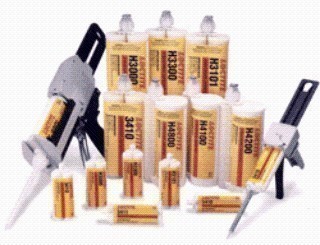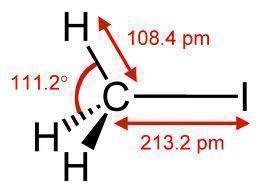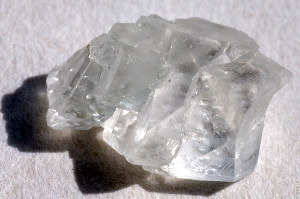An acrylic adhesive is a resin-based adhesive that is comprised of acrylic or methylacrylic polymers. It is rather complicated to produce acrylic adhesives as they must be formed into a polymer, suspended in a catalyst, and cured. Acrylic adhesives are very strong and efficient at bonding multiple objects together. They are resistant to sunlight, not easily broken up by water/humidity, and can withstand temperature fluctuations. These features cause acrylic adhesives to be the most preferred type.
Strength Factors
Any acrylic adhesive’s strength depends on several highly critical factors and is measured in two ways: cohesion and adhesion. Cohesion is the measure of an adhesive’s ability to stick to itself, while adhesion is the measure of an adhesive’s ability to stick to another object. Cohesion and adhesion are based on cure time, cure temperature, and viscosity. Adhesion is slightly boosted during cure time and then settles into a permanent position. Cure time refers to the amount of time the acrylic adhesive takes to mold into its position and harden into a proper glue. Cure time is inversely proportional to the cure temperature, which is the amount of heat used to cure the adhesive. Viscosity refers to the adhesive’s resistance to flow. Temporary acrylic adhesives are constructed with low cohesion, adhesion, and viscosity and can usually be broken up with water or low-grade adhesive removers without damaging the material they are applied to. Permanent acrylic adhesives have high cohesion, adhesion, and viscosity levels, and are made to resist virtually every kind of environmental condition.
Liquid
Liquid acrylic adhesives are rather common and can be applied with a brush or damp cloth. Users should keep in mind, however, that any object used to apply the adhesive should be cleaned thoroughly before and after each use in order to reduce residue in the adhesive and to ensure that the object does not harden. Liquid acrylic adhesives can be applied directly to an object and are often used in upholstery, decorations, and carpentry.
Paste
Acrylic adhesives in paste form are the most common and can be squeezed out of a tube or applied to material with a brush that is often provided. Acrylic adhesive pastes can be used for virtually any type of application, but are most commonly used for wood, glass, metal, and waterproof items. Acrylic adhesive pastes can also be used in conjunction with liquid acrylic adhesives and are usually used to “sandwich” two objects together for a permanent bond.
Tape
The only other form that acrylic adhesives come in besides liquids and pastes is tape. Acrylic adhesive tape is often used on clothing and for other fabric-related purposes, although it can be used for other applications as well. It can be single-sided in order to bond two overlapping materials or double-sided to bond two materials back-to-back either temporarily or permanently.




srinivas
is acrylic adhesive good to use on rubber material
chau ming
What is the difference between polyvinyl acetate adhesive and acrylic adhesive?
Jonathan Montillo
Is there an acrylic water based adhesives?
Will.Spencer
Dow ROBOND may be what you are looking for.